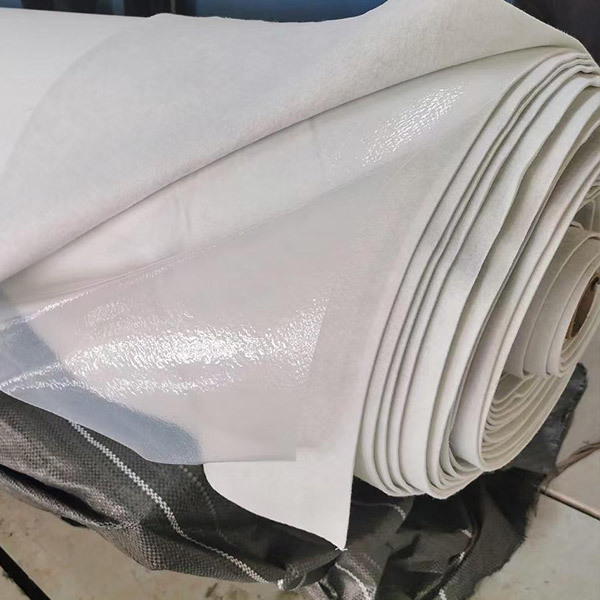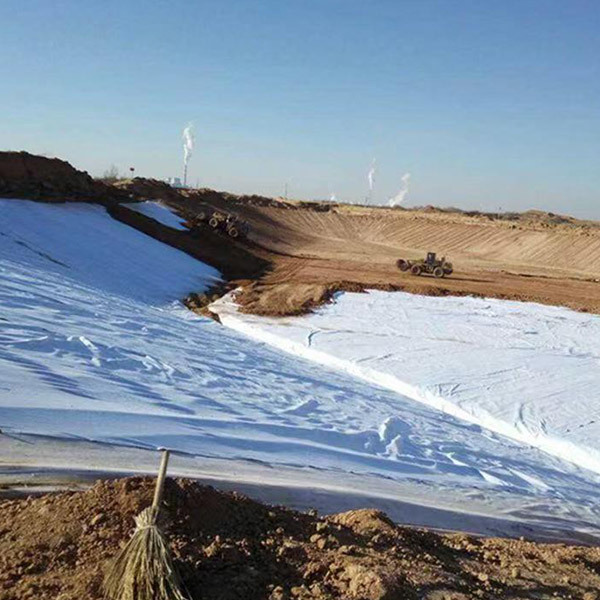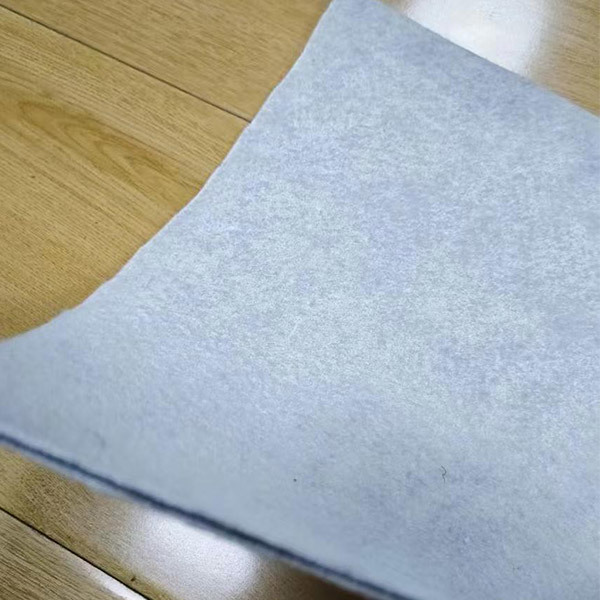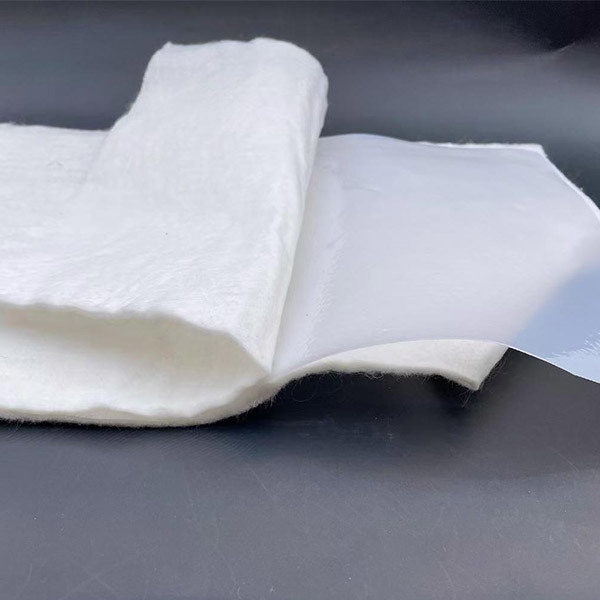Why Waterproof Composite Geomembrane is Essential for Construction Projects
Time:
Oct 10,2025
Why Waterproof Composite Geomembrane is Essential for Construction Projects In the realm of construction, the integrity and longevity of structures depend significantly on the materials used during the building process. One such material that has gained immense popularity in recent years is the **waterproof composite geomembrane**. This article delves into the numerous reasons why these geomembran
Why Waterproof Composite Geomembrane is Essential for Construction Projects
In the realm of construction, the integrity and longevity of structures depend significantly on the materials used during the building process. One such material that has gained immense popularity in recent years is the **waterproof composite geomembrane**. This article delves into the numerous reasons why these geomembranes are essential for construction projects, detailing their applications, advantages, installation methods, and more.
Understanding Waterproof Composite Geomembranes
Waterproof composite geomembranes are specially engineered membranes designed to provide excellent barrier properties. They consist of a polymer layer, usually HDPE (High-Density Polyethylene) or LLDPE (Linear Low-Density Polyethylene), laminated with a geotextile layer, allowing for enhanced durability and functionality.
The Composition of Composite Geomembranes
The primary components of waterproof composite geomembranes include:
- **Polymer Layer**: This offers excellent resistance to water and other environmental factors.
- **Geotextile Layer**: This provides additional strength and protection, allowing the geomembrane to withstand various stresses during installation and use.
Together, these layers create a formidable barrier against moisture infiltration, making them ideal for various construction applications.
The Importance of Waterproofing in Construction
Waterproofing is a critical component in ensuring the longevity and stability of any construction project. Inadequate waterproofing can lead to:
- Structural damage
- Increased maintenance costs
- Reduced lifespan of the building materials
- Health risks due to mold and mildew
Given these potential challenges, employing effective waterproofing solutions is crucial. This is where waterproof composite geomembranes come into play.
Advantages of Using Waterproof Composite Geomembranes
1. **Superior Water Resistance**: Their primary function is to act as a barrier against water, preventing leakage and moisture accumulation.
2. **Enhanced Durability**: Composite geomembranes are designed to withstand harsh environmental conditions, including UV exposure, extreme temperatures, and mechanical stress.
3. **Cost-Effectiveness**: While the initial investment may be higher, the long-term savings associated with reduced maintenance and repairs make them a financially sound choice.
4. **Versatility**: These geomembranes can be applied in various settings, including landfills, reservoirs, tunnels, and agricultural applications.
5. **Environmental Protection**: By preventing contaminants from leaching into the soil and groundwater, waterproof composite geomembranes contribute to environmental sustainability.
Common Applications of Waterproof Composite Geomembranes
Waterproof composite geomembranes find their utility across a variety of construction projects, including:
1. Landfills
In landfill construction, composite geomembranes serve as a barrier to prevent leachate from contaminating surrounding soil and groundwater. Their ability to withstand the aggressive environmental conditions prevalent in landfills makes them an indispensable choice.
2. Water Reservoirs
For water reservoirs, waterproof composite geomembranes ensure that stored water remains uncontaminated. Their impermeability helps maintain water quality and prevents significant losses due to seepage.
3. Tunnels and Underground Structures
In the construction of tunnels and underground structures, these geomembranes provide essential moisture control and protect against water ingress, ensuring the structural integrity and safety of the project.
4. Agricultural Applications
In agriculture, waterproof composite geomembranes are utilized in ponds and irrigation systems to prevent water loss and maintain system efficiency.
Installation of Waterproof Composite Geomembranes
The effectiveness of waterproof composite geomembranes largely depends on proper installation. Here’s a brief overview of the installation process:
1. Site Preparation
Before installation, the site must be cleared of debris, sharp objects, and any materials that could damage the geomembrane.
2. Laying the Geomembrane
Once the site is prepared, the geomembrane is laid out, ensuring proper alignment and overlap at the seams.
3. Seaming Techniques
Seaming is critical in the installation process. Common methods include thermal welding and adhesive bonding, which ensure a leak-proof connection between sheets.
4. Testing for Integrity
Post-installation, it’s essential to conduct integrity tests, such as vacuum tests or water ponding tests, to ensure the geomembrane is functioning as intended.
Maintenance and Longevity of Geomembranes
While waterproof composite geomembranes are designed for durability, regular maintenance and inspections are crucial to maximize their lifespan. This includes:
- **Routine Inspections**: Regularly check for signs of damage or wear.
- **Repairing Damage**: Address any punctures or tears immediately to prevent leaks.
- **Cleaning**: Remove debris and contaminants that may accumulate on the surface.
Environmental Considerations
The use of waterproof composite geomembranes plays a significant role in promoting environmental sustainability. Their ability to prevent soil and water contamination not only protects ecosystems but also conserves water resources.
Reducing Environmental Impact
By utilizing these geomembranes, construction projects can minimize their ecological footprint, making them a preferred choice for environmentally conscious developers.
Frequently Asked Questions (FAQs)
1. What are the main benefits of using waterproof composite geomembranes in construction?
The main benefits include superior water resistance, enhanced durability, cost-effectiveness, versatility, and environmental protection.
2. How long do waterproof composite geomembranes last?
With proper installation and maintenance, these geomembranes can last over 20 years, depending on environmental conditions.
3. Can waterproof composite geomembranes be used in extreme weather conditions?
Yes, they are designed to withstand various environmental conditions, including extreme temperatures and UV exposure.
4. What is the difference between HDPE and LLDPE in geomembranes?
HDPE offers higher rigidity and strength, while LLDPE provides greater flexibility and elongation, making each suitable for different applications.
5. How do I know if my geomembrane has a leak?
Regular inspections and tests, such as water ponding tests, can help identify leaks or damage in the geomembrane.
Conclusion
In conclusion, waterproof composite geomembranes are an essential component of modern construction projects. Their remarkable durability, water resistance, and environmental benefits make them ideal for a wide range of applications, from landfills to agricultural uses. By understanding the significance of these materials and ensuring proper installation and maintenance, construction professionals can safeguard their projects against water-related challenges and contribute to a sustainable future. Investing in waterproof composite geomembranes is not just a choice but a necessity for ensuring the longevity and integrity of construction endeavors.





